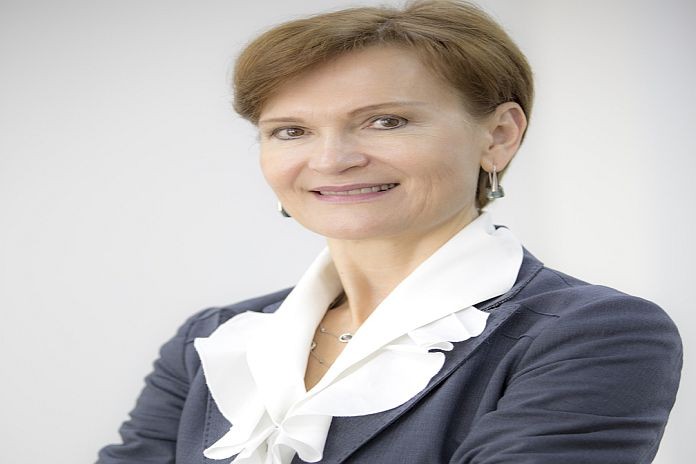By Lilia Burunciuc, the World Bank’s Country Director for Caribbean countries
I started my new job as World Bank director for the Caribbean this summer and I must say it was baptism by fire. Although, luckily, the 2021 hurricane season in the Caribbean was not that bad, the region saw quite a few serious calamities. In April, Saint Vincent and the Grenadines dealt with a volcano, Barbados had its first hurricane in over 60 years in July, and Haiti had a devastating 7.2 magnitude earthquake on August 14. And this is on top of the economic and social shocks brought on by the COVID-19 crisis.
While we cannot control the natural hazards and other shocks, we can do more to plan for, and invest in better preparedness and build resilience.
That is the premise of a recent World Bank report, 360° Resilience: A Guide to Prepare the Caribbean for a New Generation of Shocks, which was launched earlier this month. The report presents a holistic perspective to the resilience agenda by assessing the historical and future impacts of shocks in the Caribbean, the policy responses to those shocks and the gaps in building resilience.
In a single day, Dominica and Sint Maarten, saw storms destroy capital value equivalent to, or higher than, their annual GDP. Specializing in tourism and commodity exports, Caribbean nations are also disproportionately exposed to economic shocks, like the global recession in 2009, and of course the recent COVID-19 pandemic. But despite the high cost of repeated damages and losses, Caribbean countries have sustained economic growth and achieved important development goals.
However, the report cautions that resilience strategies will need to be expanded and innovative efforts added to handle new and intensifying challenges, including climate change. Climate change is damaging the assets that tourism relies on, namely coastal infrastructure and sandy beaches. Sea level rise is expected to increase coastal flooding and accelerate coastline erosion. The report projects that by 2050, the largest average shoreline retreats will be in Suriname (71 meters), Guyana (65 meters), Trinidad and Tobago (53 meters), and Belize (46 meters). Furthermore, under a moderate climate change scenario, some countries annual coastal protection costs could consistently exceed five per cent of GDP.
Thankfully, steady progress has been made in implementing more innovative approaches to preparing for disasters and other shocks. For example, in Haiti and Dominica, there are temporary bridges that have been procured to quickly restore access to roads after a disaster. In 2018, St. Lucia approved a National Strategy for Disaster Risk Financing which provides a legal and institutional framework for managing disaster and climate-related fiscal risks.
Disaster risk financing has also been a gamechanger in ensuring greater resilience for many Caribbean countries. In September 2021, the World Bank supported the Government of Jamaica with the issuance of a catastrophe bond that will provide the country with financial protection of up to US$185 million against losses from natural disasters. It is my hope that this kind of catastrophe bond can be extended across the region.
A regional approach to disaster risk financing is not new, since 2007 the region has been benefitted from the Caribbean Catastrophe Risk Insurance Facility, now known as CCRIF SPC. Both Jamaica’s catastrophe bond and CCRIF SPC aim to get money quickly to governments after a disaster so that they can immediately address the infrastructure damage and provide support to the most vulnerable.
The report outlines some solutions to boost resilience including increasing government efficiency, empowering households and the private sector, and investing in infrastructure and policies to reduce future physical risk. While some of the recommendations may be more difficult to implement, the proposed solutions are practical and achievable.
The World Bank stands ready to support countries in carrying forward the resilience agenda in the Caribbean. Decisions made today can result in people being better protected, communities being more resilient, and countries being better able to implement solutions for sustainable progress.





